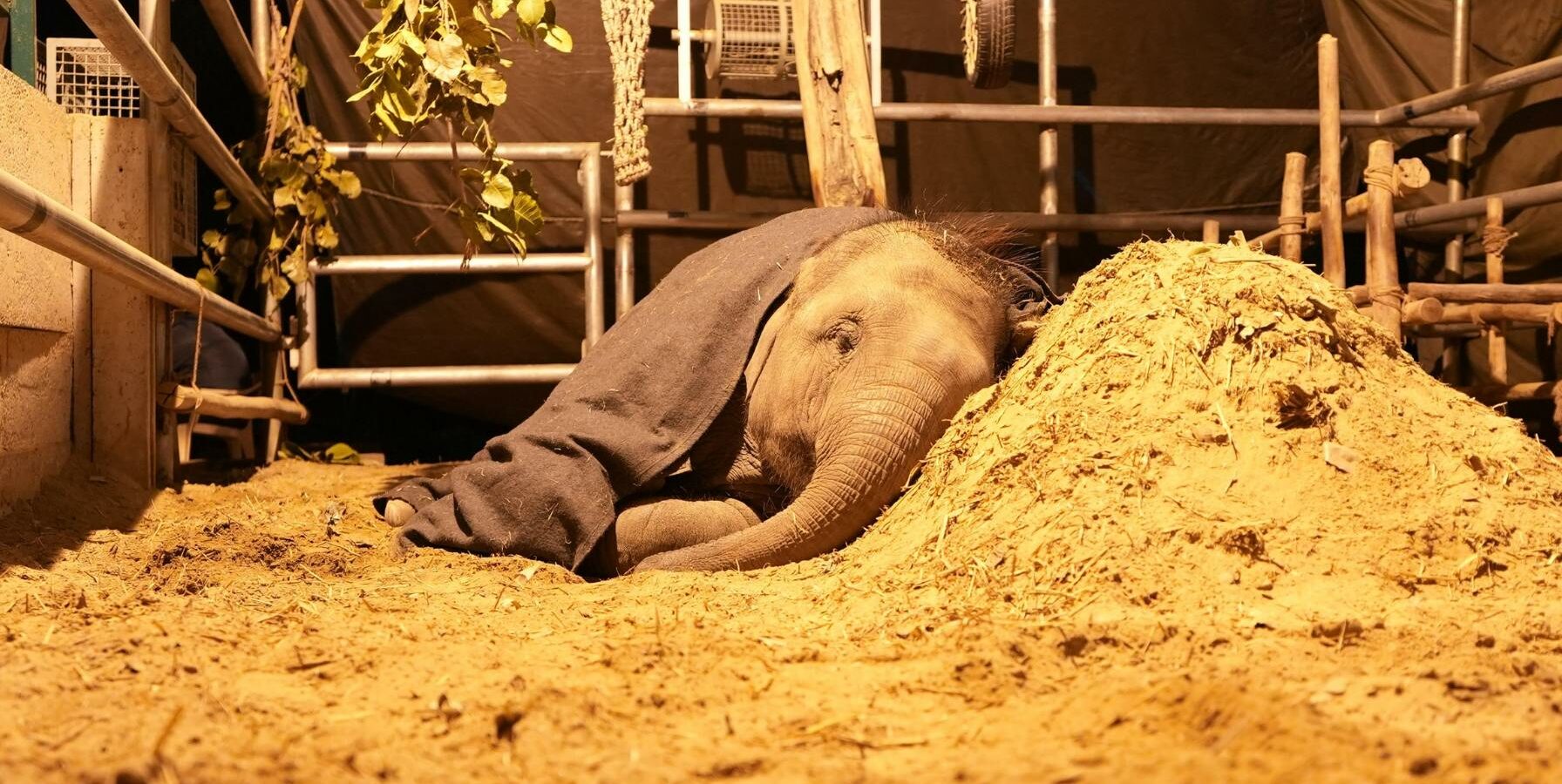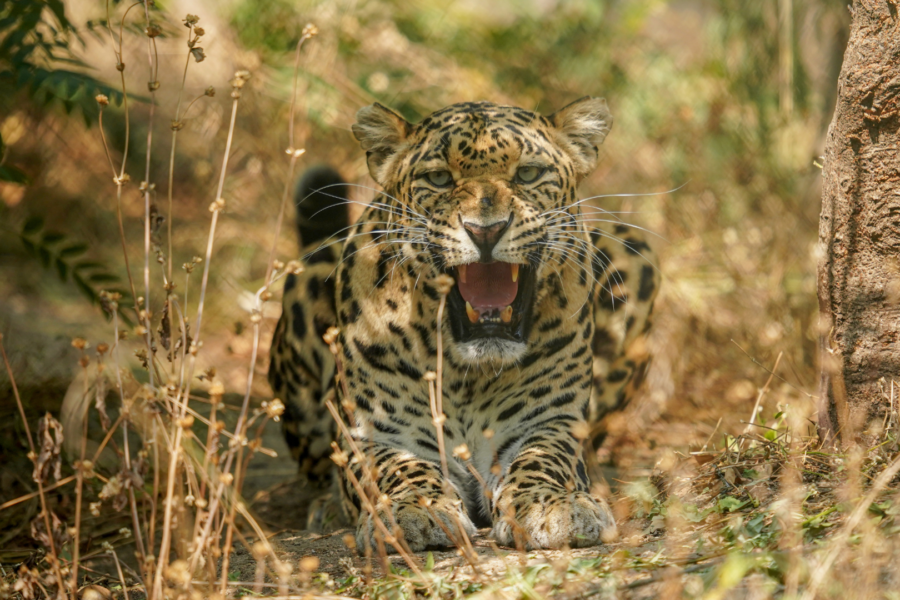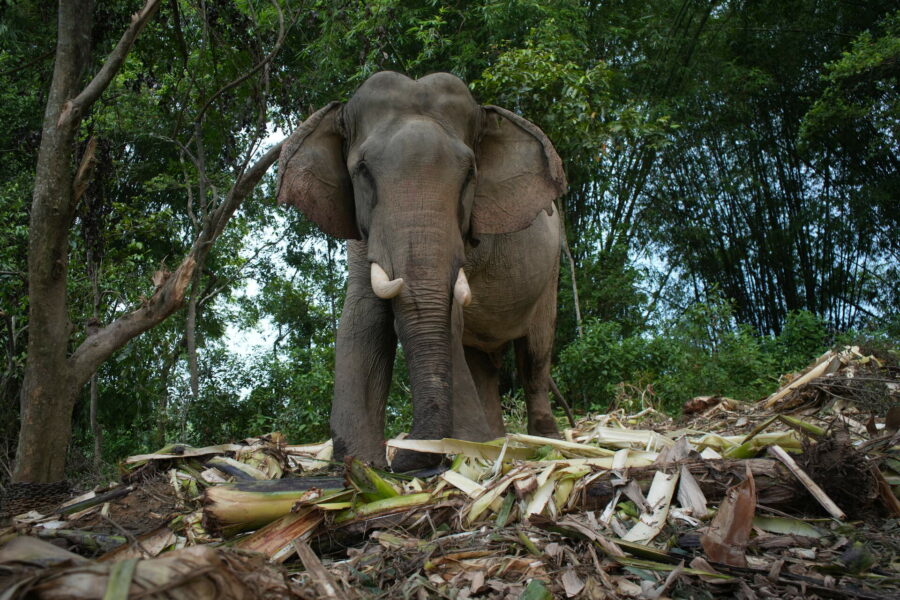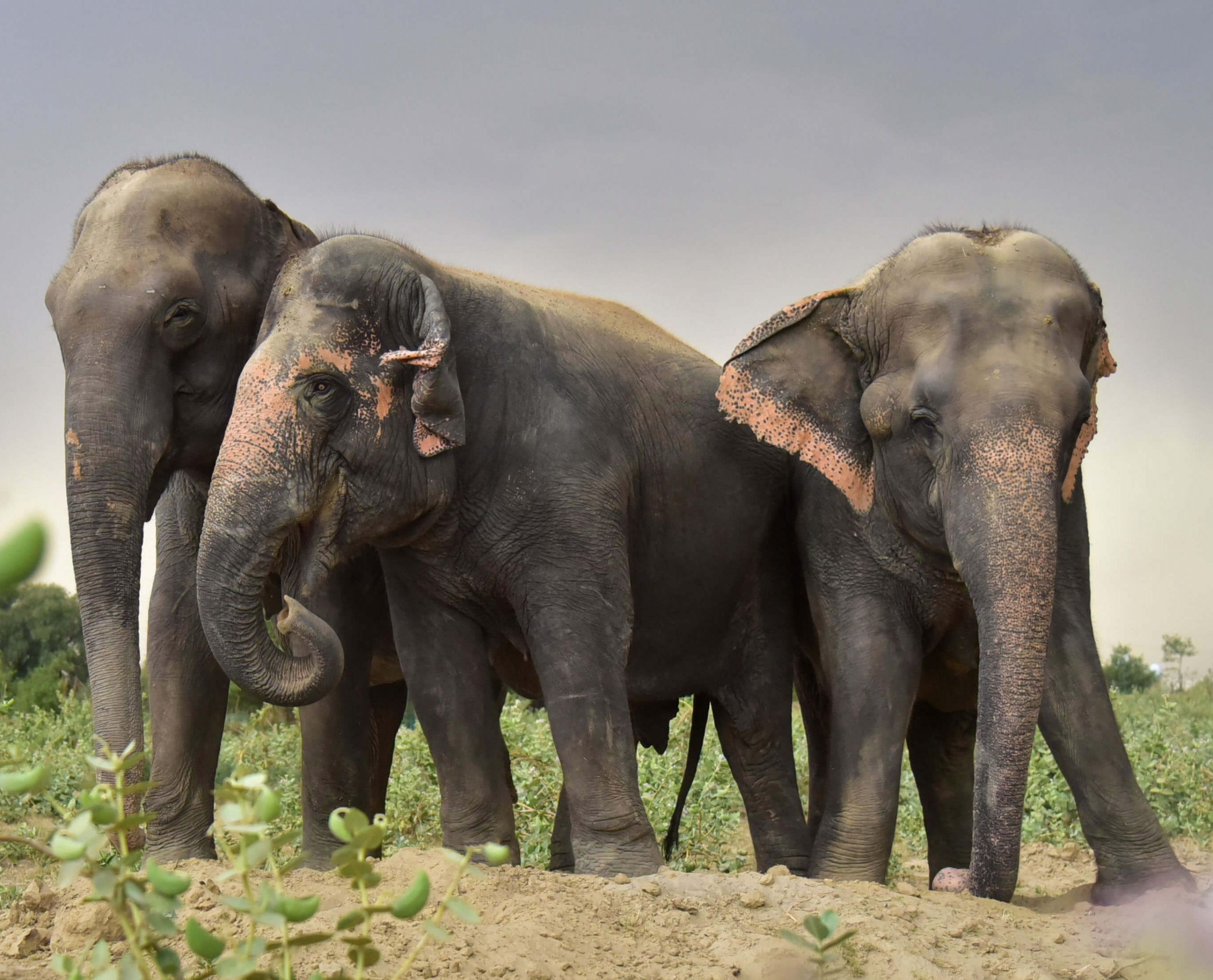When we finally get to bed and close our eyes at night, our body and mind embark on an incredible journey through different sleep stages. They first begin to relax, preparing themselves to move into sleep mode. We then graduate into a light sleep, when breathing slows down further and the body temperature drops. A specific pattern in the brain begins, and scientists believe that is this the stage when the brain organises memories. This takes us to the next level, where we are in the deepest sleep. While our body rests, it is also allowing it to heal itself. The fourth and final stage is REM, or Rapid Eye Movement, when the mind lets us enter into the world of dreams. While our body may be inactive, our brain is wide awake as it is in the day. These stages tend to repeat four to five times at night, with each lasting anywhere between 90 to 110 minutes.
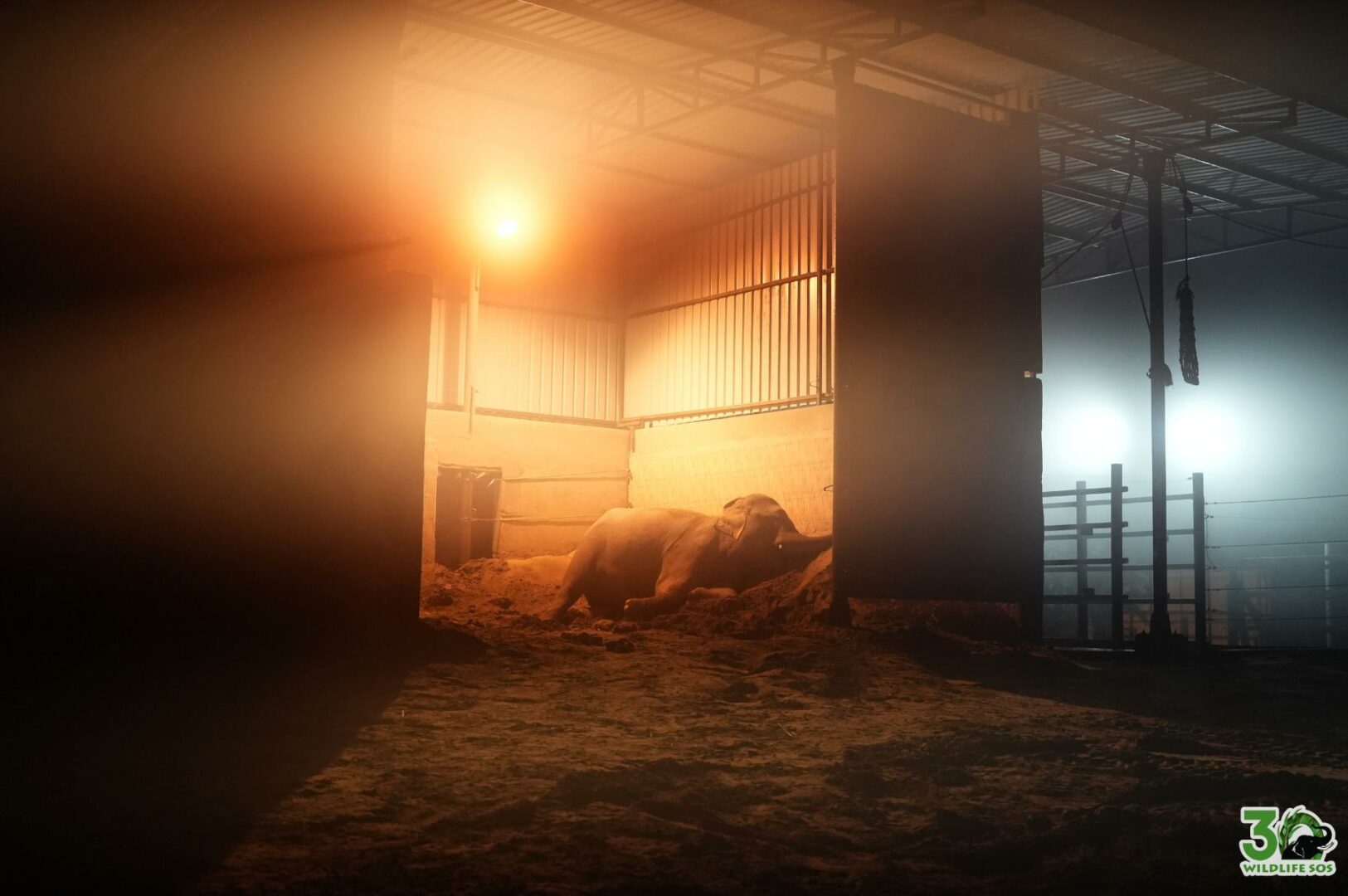
Interesting, isn’t it? While this information stands true for human beings, what do we know of, say, the largest mammal that lives on our planet? Elephants sleep in a completely different way than we do! While humans need 7-9 hours of sleep every night, wild African elephants hold the record for the shortest sleep among mammals — only about two hours a day! Asian elephants in the wild tend to sleep a little longer as their sleep can last for up to four hours.
Unlike humans, elephants have a special way of resting — they can nap while they are standing up! This way, they can wake up quickly to respond to any sense of threat. It is only when they are lying down do they experience the REM sleep stage. Wild elephants only enter this stage once every three to four days, since they are constantly required to feed and remain alert. Scientists wonder if this means that elephants dream less? REM has been associated with strengthening memories, so how do elephants, known for having extraordinary memory, preserve theirs? It’s a puzzling question that researchers are still trying to solve!
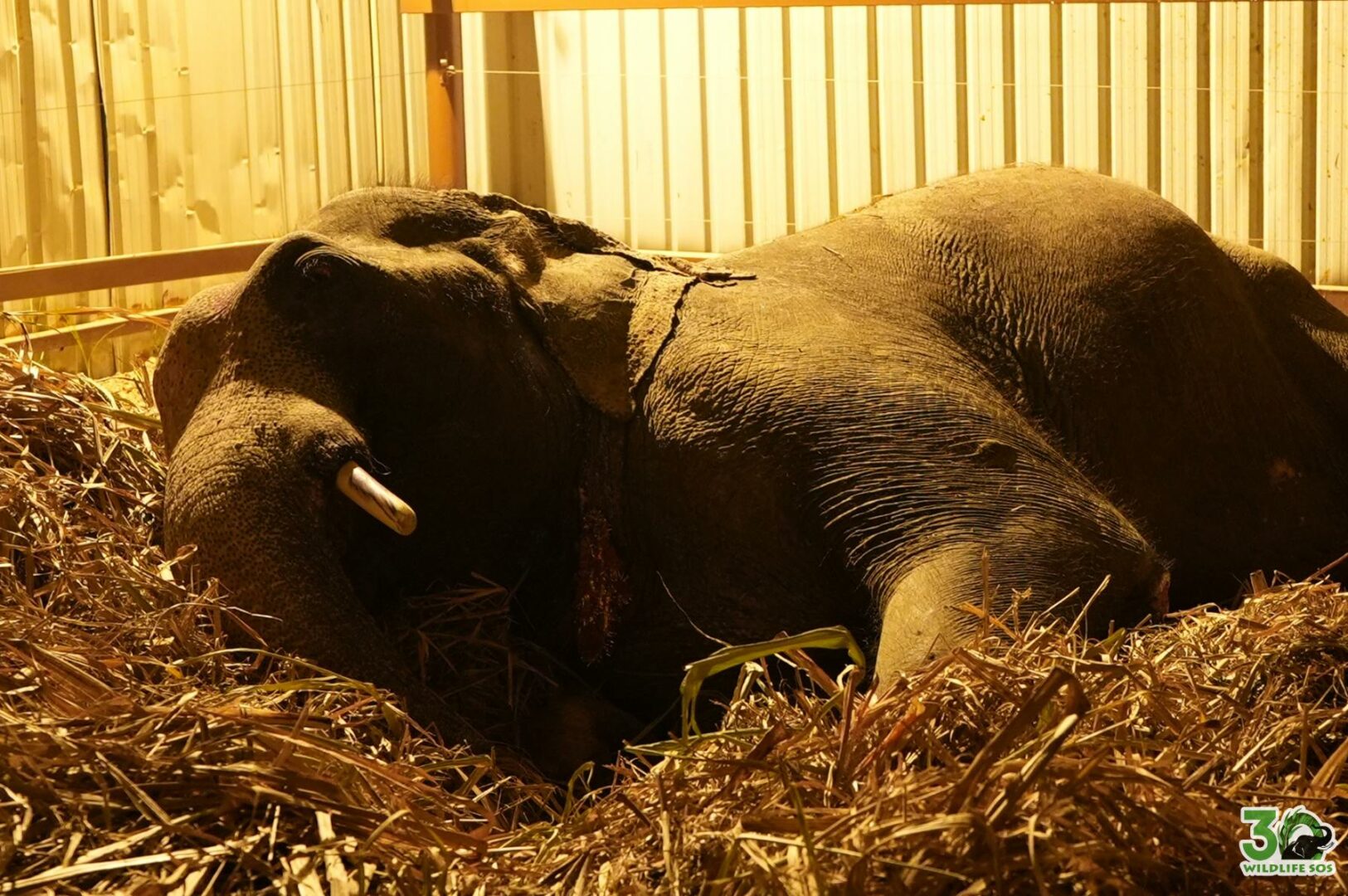
Elephants rescued or living under long-term care at a facility have a different sleep pattern than those in the wild. In a safe environment lacking threats or anxiety, these elephants can lie down to sleep for up to four to six hours in a day. When it comes to elephant calves under care, Dr. Elango Gochalan, Veterinary Officer at Wildlife SOS, shared one of his observations about their sleep habits. Unlike adult elephants, who follow a structured sleep pattern, calves often exhibit unpredictable sleeping behaviour. In an instance when treatment was being given to an orphaned calf, Dr. Gochalan recalled that after being hand-fed, the calf started running around when suddenly, it fell to the ground. Concerned, the team immediately rushed to check its vitals, only to find that the calf had simply fallen asleep.
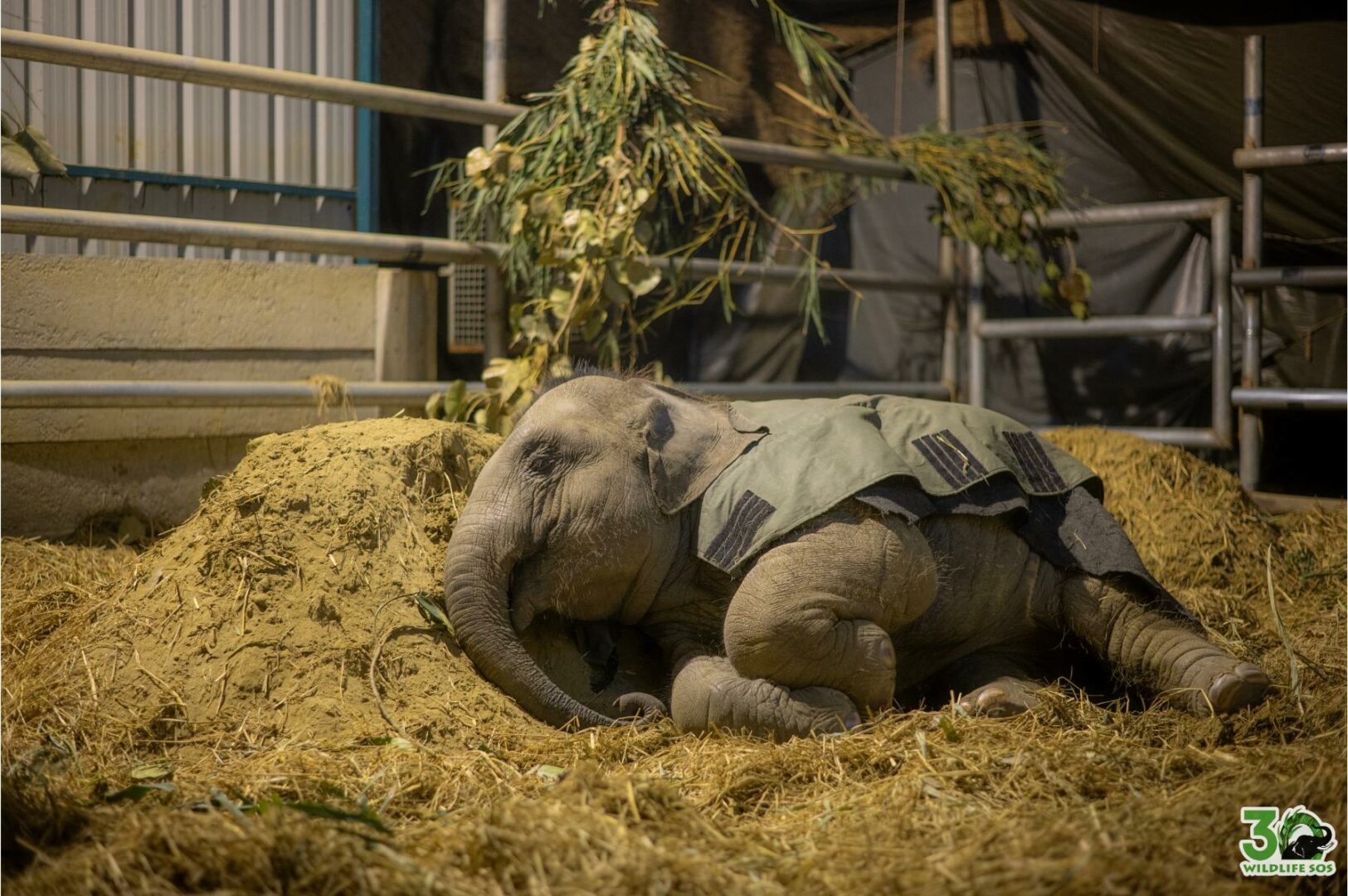
At Wildlife SOS centres, where geriatric elephants as well as those suffering from severe limb conditions when they were rescued are rehabilitated, the act of lying down poses challenges to them due to joint pain and mobility issues. The veterinarians and caregivers have therefore intervened to create special mud mounds that provide necessary support, ensuring that older and ailing elephants can rest comfortably and rise without difficulty.
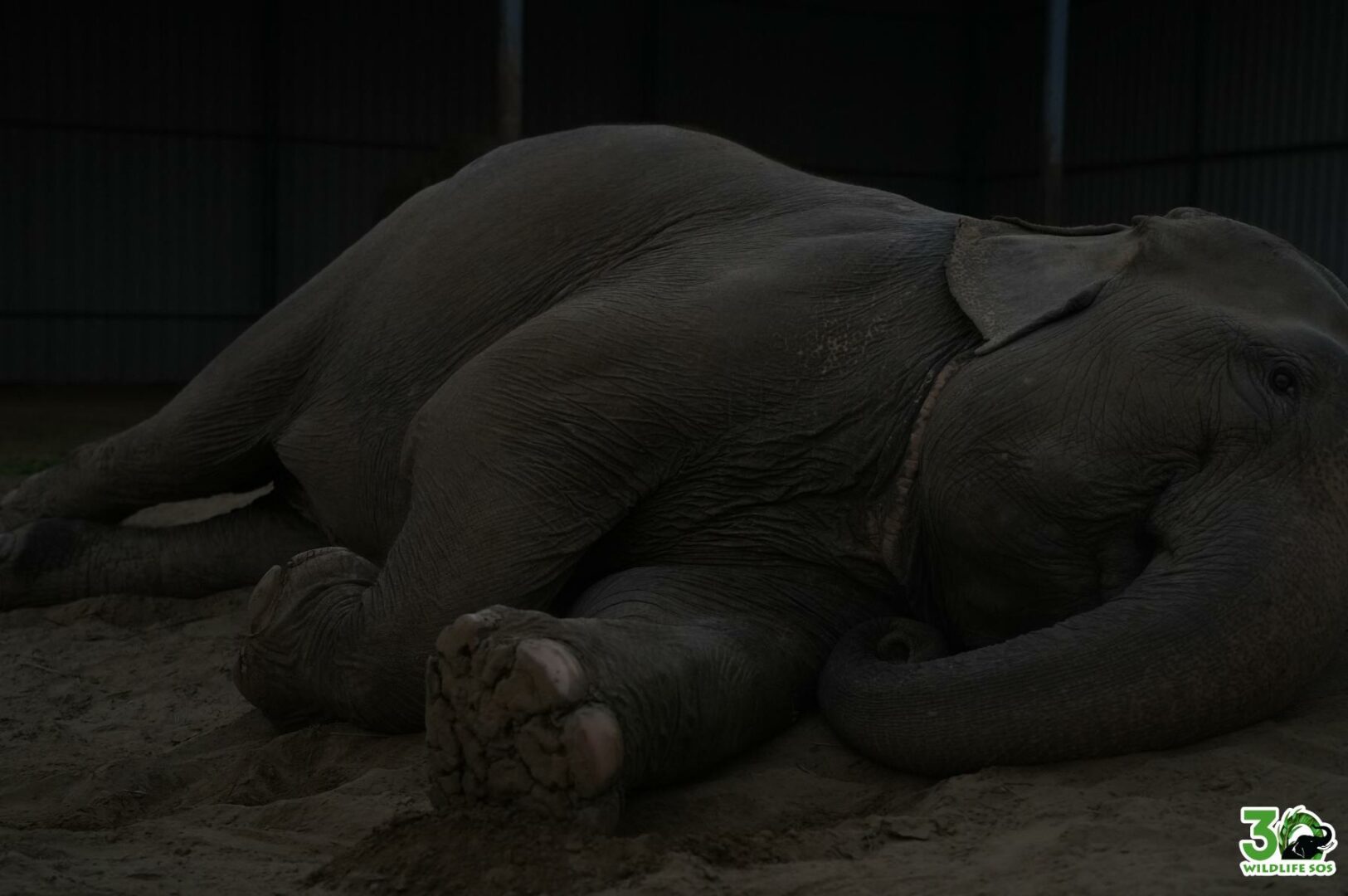
Seasonal variations do not drastically impact the sleep of resident elephants at Wildlife SOS. During the cold weather, winter care management is implemented and includes halogen lamps and tarpaulin sheets that are installed in enclosures to provide warmth and protection to elephants at night, ensuring an uninterrupted sleep cycle. In summers, Summer management measures are taken to help the elephants beat the heat and rest well. Their enclosures are equipped with water sprinklers and shade nets to keep the environment cool. Caregivers offer hydration breaks with electrolyte-rich water, and elephants are given refreshing baths and access to pools throughout the day. These steps not only regulate their body temperature, but also ensure they can relax and sleep peacefully, even during high temperatures.
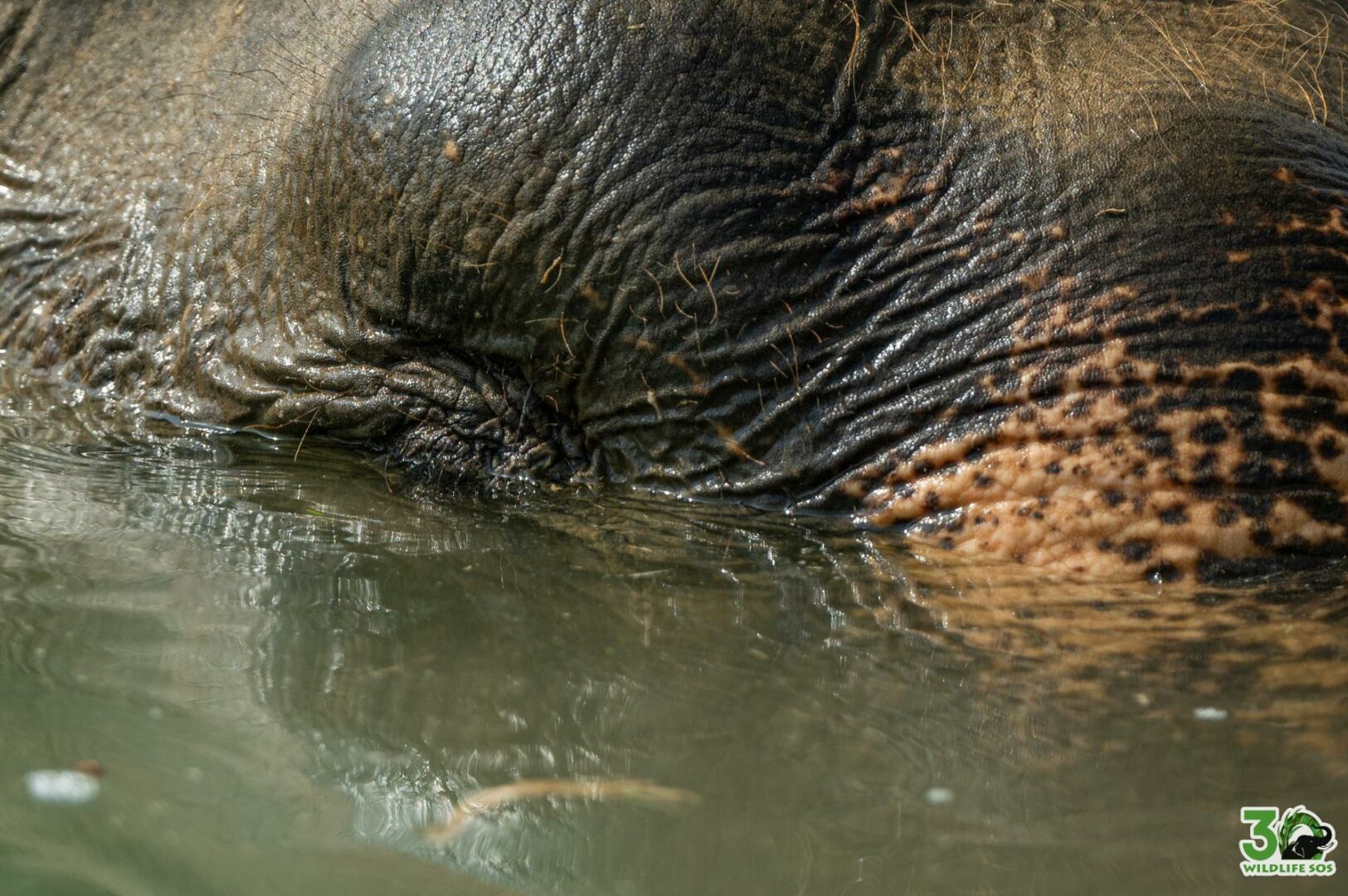
At Wildlife SOS, observing elephants as they sleep offers a revealing insight into their sleep pattern. Caregivers have noticed how sometimes, while sleeping, their feet twitch, which is a sign of them being somewhere between non-REM and REM stages of sleep. Caregivers often try to decode if they’re dreaming of a refreshing bath or a peaceful evening walk!
Another fact about elephants is that as they grow older, their sleep duration reduces and becomes more sporadic. Calves, much like human babies, sleep longer and frequently, and studies suggest they require more REM for their brain development.
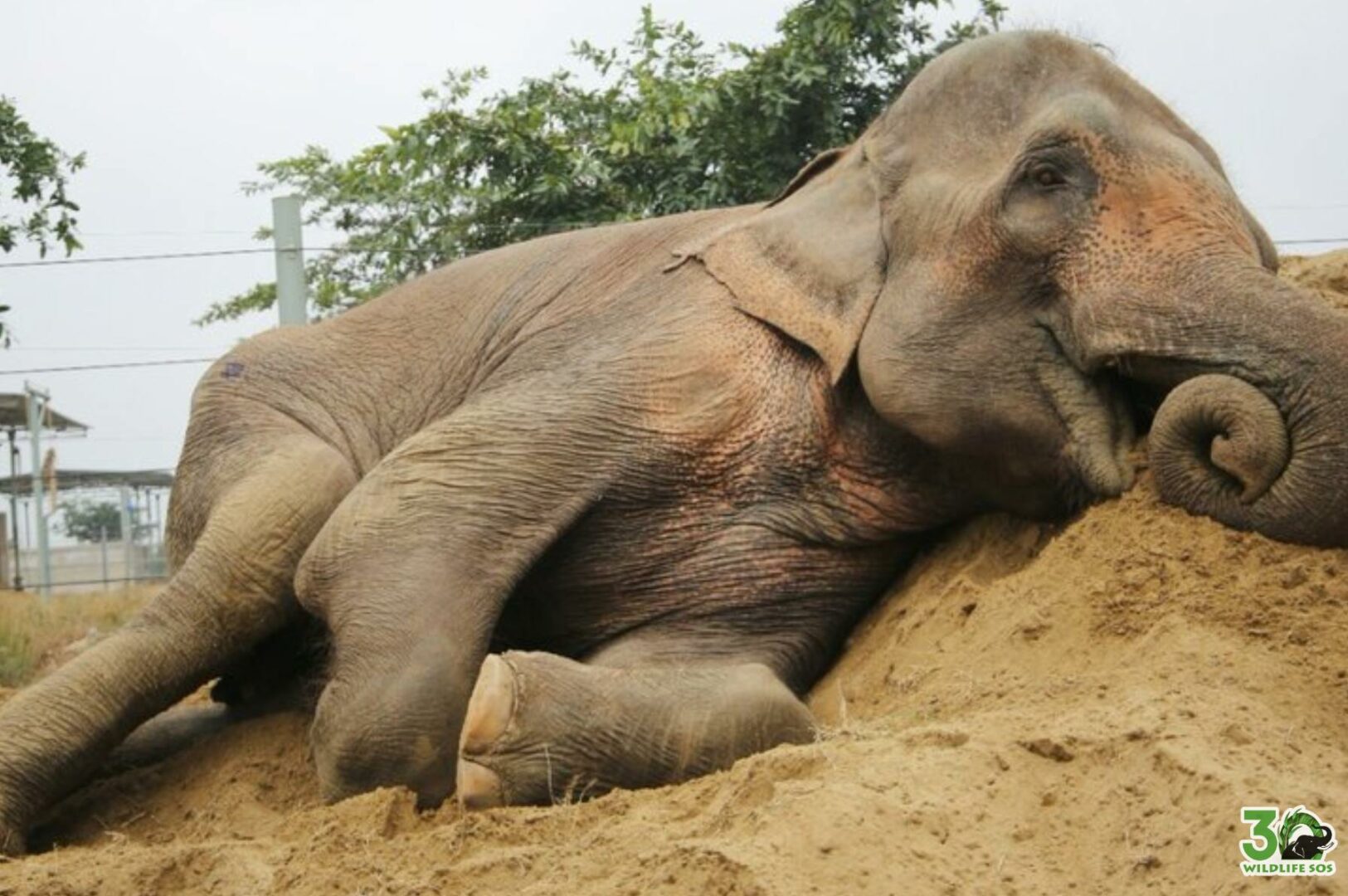
Bhola, one of the resident male elephants at Wildlife SOS, is often seen napping while standing during the afternoon. However, our medical team has noted that some male elephants under our care also exhibit a unique sleep behaviour: they remain alert during the day, resisting sleep. Which is why when a bull elephant is found lying down during the daytime, it raises a red flag. This is why our caregivers make sure to keep track of their sleeping pattern so that immediate care can be provided to those that reflect any unusual sleeping behaviour.
Sleeping Patterns: Wild vs. Rehabilitated Elephants
- Feeding Needs — To cater to their massive size, elephants in forests spend 2/3rd of their day feeding on leaves, fruit, and grass, consuming nearly 150 kg of food daily. Their movement to feed compromises their hours of sleep. In contrast, elephants under rehabilitation have a nourishing food supply readily available, which allows them to dedicate more time to sleep.
- Predator Awareness — In the wild, elephants remain alert to diverse threats that include predators like lions or sudden negative encounters with human beings. Some members of the herd take turns to sleep while others stand guard. The matriarch, responsible for the herd’s safety sometimes goes without sleep for days, ensuring that her group is secure. These situations are absent for elephants under long-term rehabilitation.
- Environmental Conditions — Factors like temperature, season, and habitat influence migration patterns of wild elephants, which also affects their sleeping behaviour. However, for elephants under care, these factors do not pose any obstacles since seasonal management protocols are implemented for them.
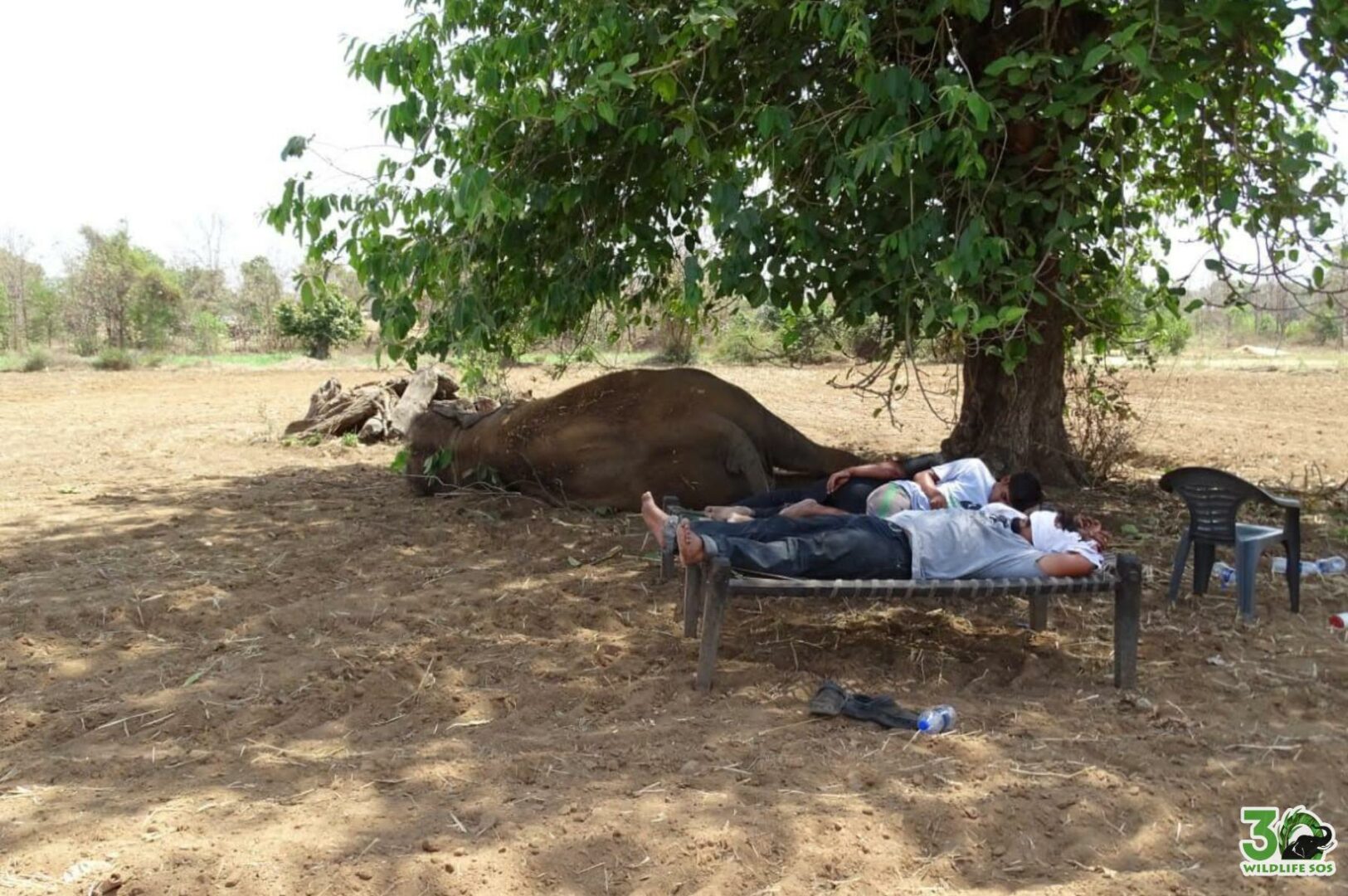
Understanding elephants is a venture as gargantuan as the colossal mammal! What we know till now, however, are astounding facts that leave us in awe of these gentle giants. Elephants are a keystone species, meaning that their survival is crucial for creating the desired balance in the ecosystem. However, we tend to misuse these precious animals for activities related to tourism, begging or processions, and with rapid habitat fragmentation, these pachyderms become equal victims of human-elephant conflict. Support Wildlife SOS’s mission to safeguard elephants by signing our ‘Refuse to Ride’ petition, and contribute towards the conservation and care of distressed elephants.
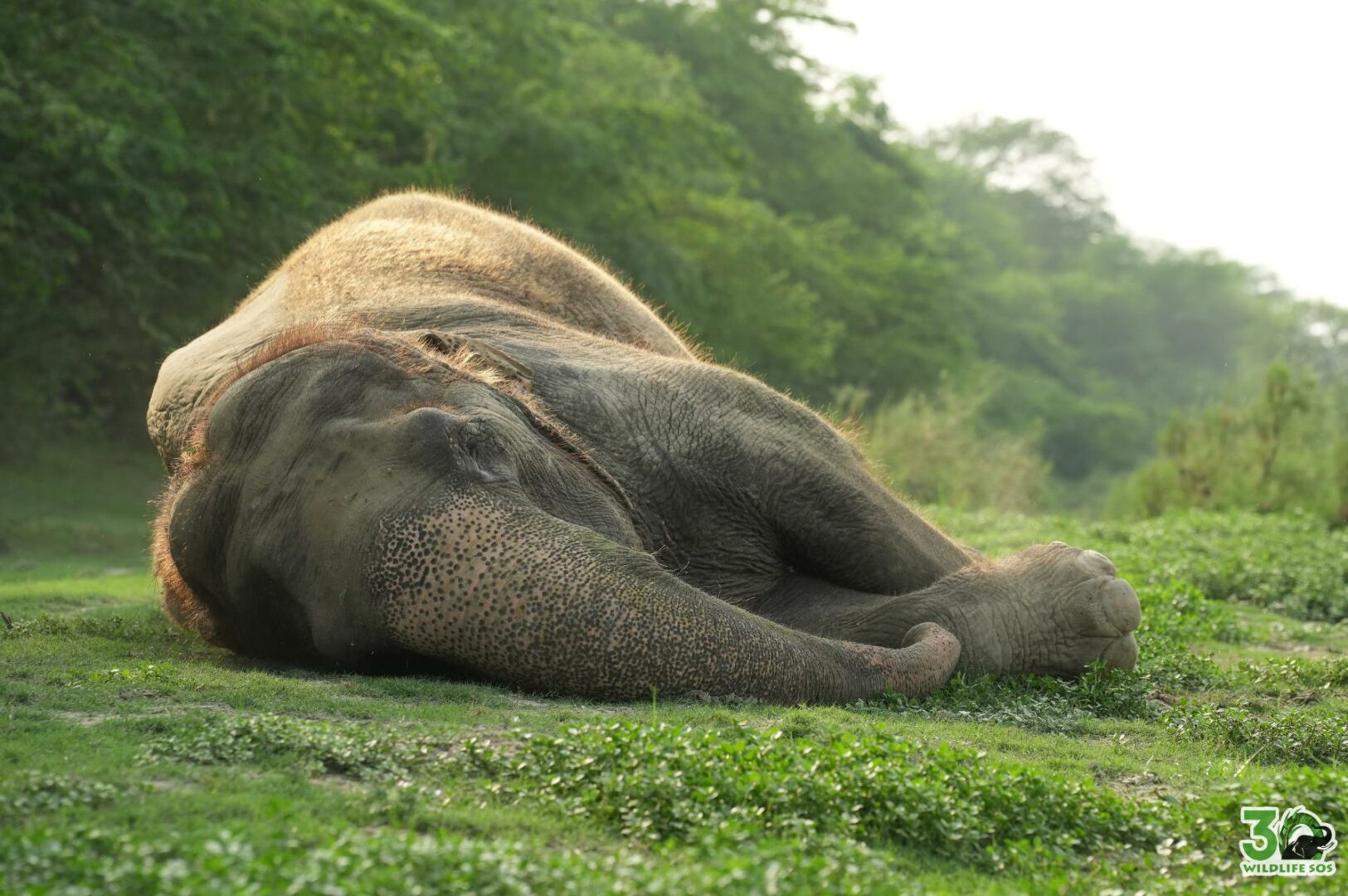
Feature Image © Atharva Pacharne

